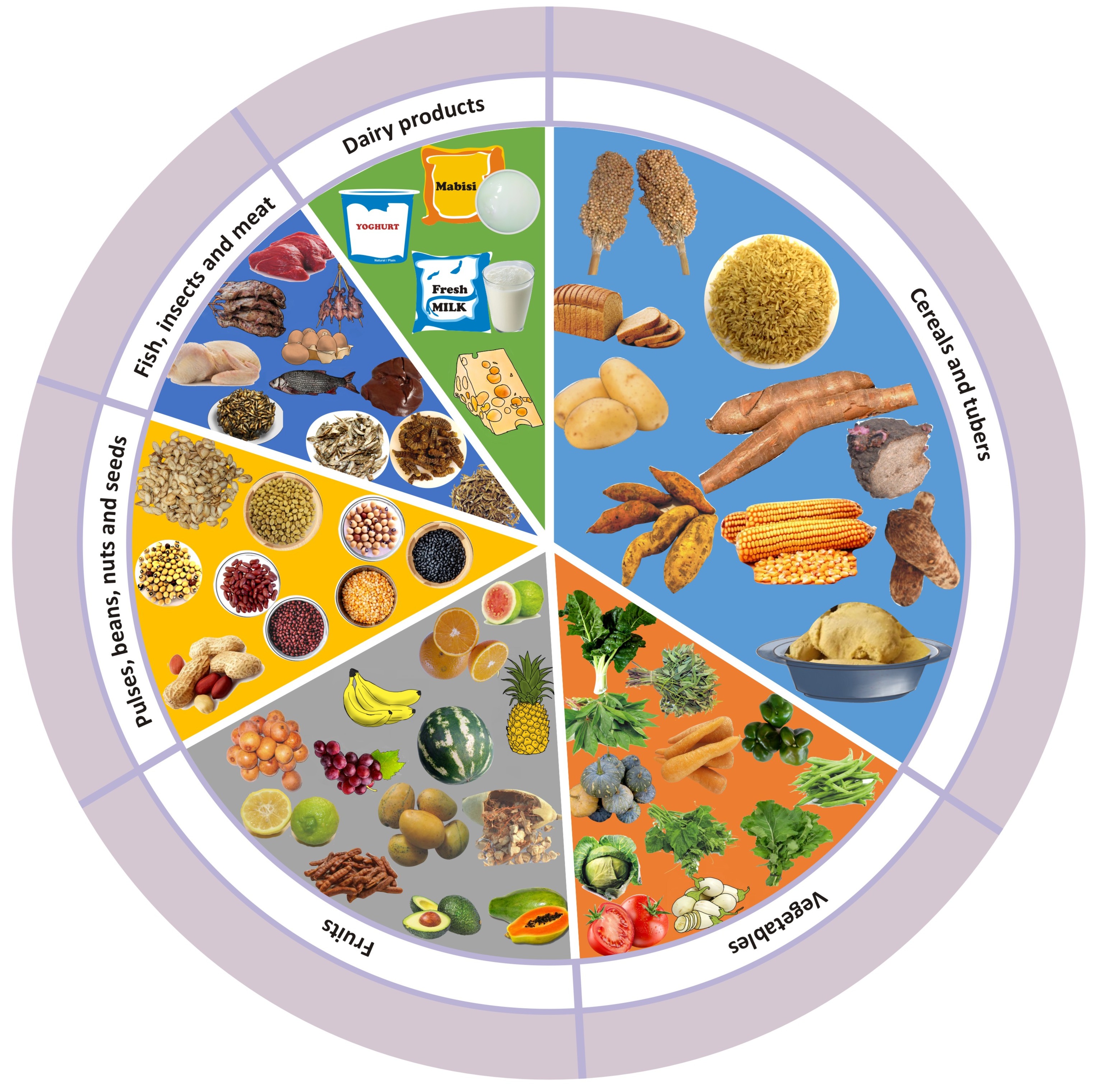
The advances in food science have been incorporated into various programmes on a global scale to improve dietary choices and raise awareness of the effects that poor diets have on heart health, gut health and a range of conditions that reduce the human life span and quality of life. Nevertheless, despite the growing body of knowledge on what constitutes a healthy diet, there is no one-size-fits-all when it comes to recommending an optimal diet.
There are huge cultural differences associated with eating and food availability in terms of type and quantity, and the genetic components of human metabolism mean that even identical twins have different ideal nutritional requirements. Also, attitudes to food and eating can be firmly set, making them difficult to change even when proposed changes to diet are beneficial. Additionally, what a person eats is not only determined by that person’s knowledge, food preparation skills and personal preferences, but also by their food environment and the availability and accessibility of foods.
Developing National Food-Based Dietary Guidelines
A favoured means for countries to promote a healthy diet is to develop national Food-Based Dietary Guidelines (FBDGs). The FAO website includes nearly one hundred FBDGs published by national governments from all regions of the world. There are, however, countries that have not yet produced guidelines. For decades, FAO has been helping many of these countries to do so, redoubling efforts during the Decade of Action on Nutrition.
Zambia is one example of where FAO has been assisting the Zambian Ministry of Agriculture to produce dietary guidelines through a fully inclusive process, involving all stakeholders from the planning stage to field testing and evaluation.
The technical working group comprised experts from 21 organizations covering diverse sectors. A key step in the early stages of the process involved carrying out a comprehensive situation analysis and evidence review. This covered topics such as risk factors and problems associated with diet; food consumption patterns; review of policies and programmes related to food and nutrition; review of behaviours and food-related habits; review of other related behaviours; food environment and settings; the media; and some aspects of food sustainability. The review also looked at evidence on the relationship between diet and lifestyle and nutrition and health outcomes. The resulting report was technically validated during a workshop held in 2018, which included additional stakeholder organizations.
A Zambian team attended an FAO training workshop in Tanzania in 2018 where it learned the basics of applying diet modelling. They developed a diet model that included six food groups: cereals and tubers; fruits; meat, fish and eggs; pulses, nuts and seeds; vegetables; and a discretionary choices group that contained honey. The initial food basket contained 23 items selected by the multi-sectoral technical working group based on Zambian consumption patterns, availability, cultural acceptability, nutritional composition, and bodily requirements. This was expanded to 30 items following input derived from a WFP project. The composition of the food basket considered carbohydrate, protein and fat content as well as micronutrient content, particularly for iron and calcium. The cost of the diet and food availability were also considered, to make the suggested changes to diet realistic and affordable. By using evidence-based selection criteria, it was possible to outline a national diet that could tackle some of the major health problems currently faced by many Zambians.
Food amounts recommendations on the plate
The final food group breakdown of the proposed diet can be represented by a chart, the food graphic, which is a visual representation of a plate of food for Zambia. It is recommended that the overall diet contain the various food groups in the proportions indicated to provide optimal nutrition for a typical Zambian individual, but quantities are not prescriptive, they represent guidelines.
In December 2021, the FBDGs were finalized and launched by the Government of Zambia. Their aim is not only to reduce undernutrition in the country, particularly that among children, but also to prevent and reduce the risk of NCDs, while meeting nutrient and energy requirements.
Problems associated with a poor diet in Zambia represent a major public health challenge, not only in terms of undernutrition but also in terms of obesity, cancer and cardiovascular disease.
It is anticipated that the recommendations made to the general public, and the additional recommendations made to those with special nutritional needs, including under five-year-olds, adolescent girls and pregnant and lactating women, will improve the overall health of the Zambian population.

However, this work was careful to point out that improved health does not solely rely on improved eating habits, as outlined in the FBDGs, but also incorporates elements of lifestyle, including physical exercise, food hygiene and personal hygiene. As the technical document indicates, “Public policy makers, programme developers, civil society organizations, the private sector, and the general population have a role in promoting and implementing the guidelines in order to reduce the prevalence of malnutrition in Zambia.” Science has shown that a healthy body promotes good mental health and an incidental result of developing FBDGs for Zambia and other countries could be improvement in mental as well as in physical health.
The Zambian FBDGs demonstrate the importance of using the best available scientific knowledge in the field of nutrition and associated disciplines to address the most important nutritional challenges at country level while taking local agrifood systems into account. As knowledge of the elements that contribute to healthy eating evolves, so do national dietary guidelines.
The University of Zambia’s Dr Chiza Kumwenda said, “Up until November 2021, Zambia lacked harmonized food and nutrition guidance. There were high levels of malnutrition and rising levels of overweight and obesity as well as diet-related non-communicable diseases.
The Zambian FBDGs cut across the demographic divide, responding to the food and nutrition information relevant to both rural and urban communities. Essentially, every Zambian from infant to adult owns the FBDGs. Zambians now have an ‘encyclopaedia’ of healthy eating and lifestyles that promotes good health for all. This has resulted in immediate and long-term benefits to the country.
The development process has contributed to capacity building among Zambians and provided a platform for interaction among professions from several sectors. The FBDGs currently represent teaching reference materials at tertiary level. The immediate and long-term benefits of the Zambia FBDGs will be seen in the national nutrition landscape, which will continuously improve if we maintain the momentum recorded during the implementation phase.”
